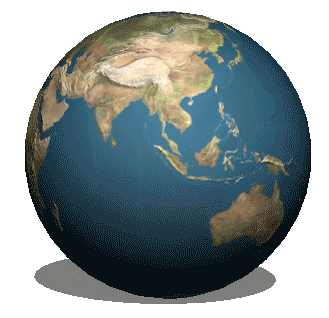INTBU
< Click for Menu >

International Bureau of Understanding
2784
119
250
22815
Mentors
48 million+
Associates
Countries Involved
Read more ...
Read more ...
Read more ...
Steering
Committees
Members
Read more ...
Read more ...
Free Courses & Learning Resources
Being a perfect opportunity for many people worldwide to enhance their educational level, obtain new knowledge and skills, online learning is gaining popularity every year. Publicly accessible through the web so-called MOOCs (Massive Open Online Courses) are now considered the most widely used and free learning source. The majority of them are developed by the world's leading universities (like Harvard, MIT, Stanford, Princeton, University of Pennsylvania and others) and include a full access to video lectures, discussions and practical assignments.
MOOC's Disciplines

The leading educational internet platforms are founded by professors from Stanford, MIT and Harvard. They provide a free access to MOOCs from the best universities worldwide including programs in different languages. Some may asking to pay some fee for certification, if you need it.
They constantly continue to expand by attracting new partners-universities and offering more and more learning products. Popular MOOC providers are positioning themselves as totally free services. There are no paid courses.
Free education resources are in great demand among learners. Along with free courses in many subjects, here you can find a number of other educational products, tests, practical exercises, videos, which are very helpful for people of all ages and can be used for a self-studying.
List of the Top Providers of Massive Open Online Courses
World's Top 50 Universities
Every year, thousands of universities worldwide produce graduates, undertake research and publish scientific papers. How to find out who are the leaders today in higher education? How to choose among them?
A number of global rankings are published annually. Some are focusing on academic achievements, reputation in science and the number of graduates awarded with Nobel Prize or other notable awards. Undoubtedly, these indicators are very important, but for future students it could be only an indirect confirmation of the quality of the learning process.
Here, we represent the current World University Rankings by The Times Higher Education, which uses more than a dozen indicators to evaluate the institutions' real activities for more comprehensive comparison. The most important groups of indicators we consider:

- Teaching - is based on evaluation of the teaching reputation, also includes such statistics as students-to-staff ratio, doctorate-to-bachelor’s and doctorates awarded-to-academic staff ratios. It also estimates institution's financial status and ability to provide students and faculty with the required infrastructure.
- Research - is based on the university's reputation in research by the opinion of academics, also evaluates the funding of scientific programs, and their productivity level.
In the table below the top universities are ranked by overall score with an indication of their Teaching Rank (score), which is very helpful for future students seeking to obtain a world-class degree, and Research Rank (score) for those who plans further to continue in the science field. A distinctive feature of the global leaders in education is an active promotion of distance learning. Most of them are offering a wide range of online courses in many disciplines (free or for some charge). It is a great opportunity to enhance your knowledge level in the leading institutions and get an access to courses from the best professors and trainers, being thousands of kilometers away.
In the table below the top universities are ranked by overall score with an indication of their Teaching Rank (score), which is very helpful for future students seeking to obtain a world-class degree, and Research Rank (score) for those who plans further to continue in the science field. A distinctive feature of the global leaders in education is an active promotion of distance learning. Most of them are offering a wide range of online courses in many disciplines (free or for some charge). It is a great opportunity to enhance your knowledge level in the leading institutions and get an access to courses from the best professors and trainers, being thousands of kilometers away.